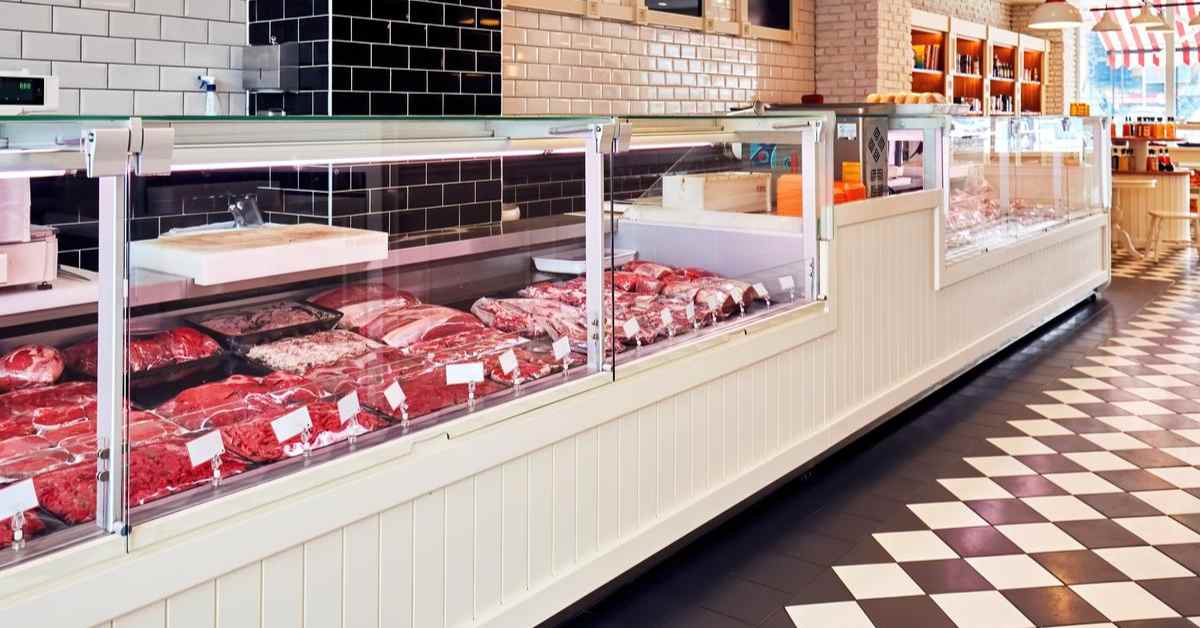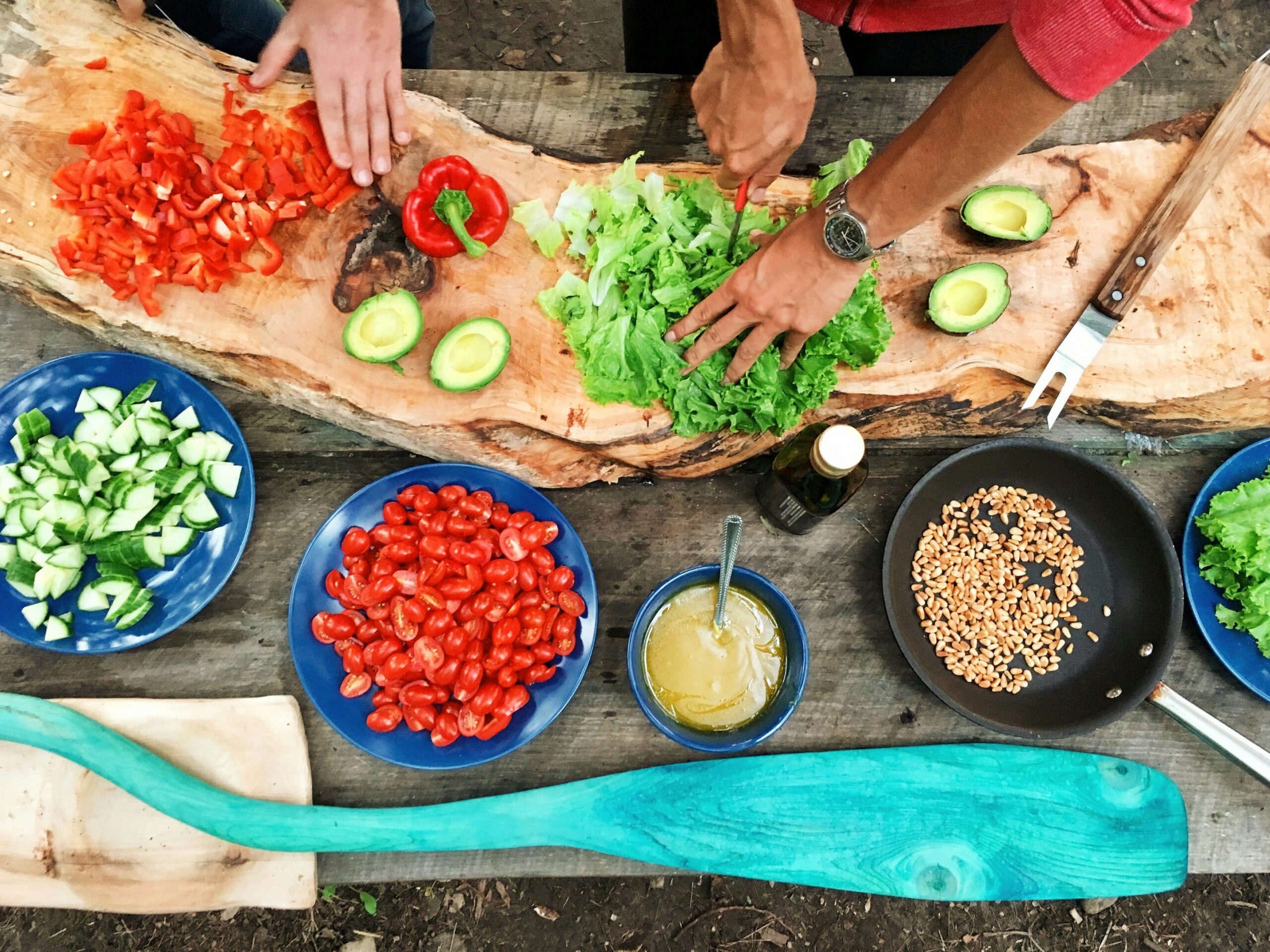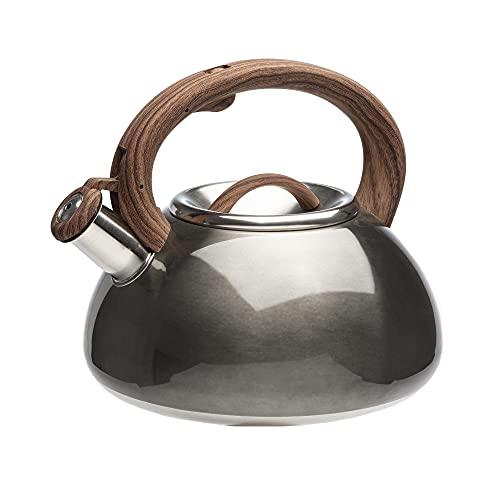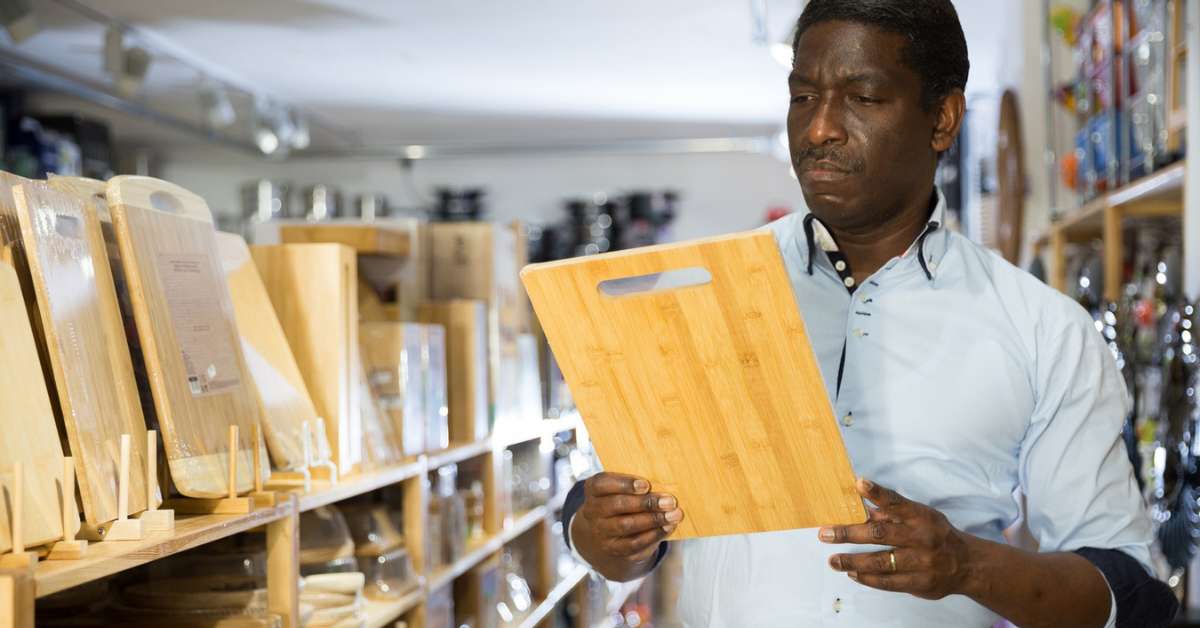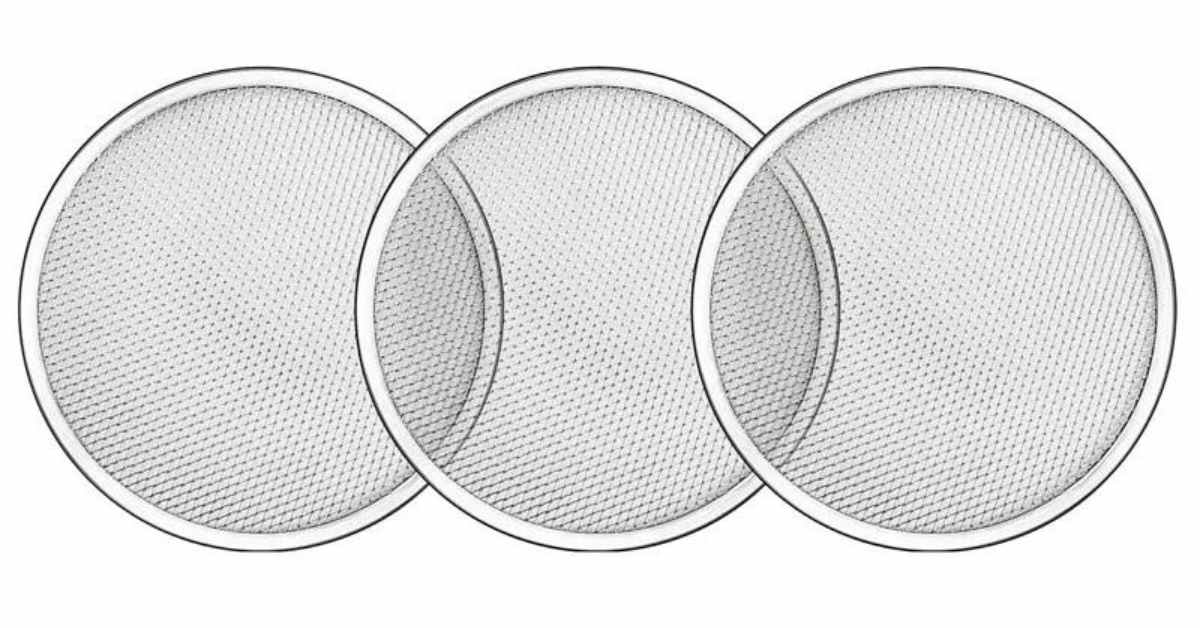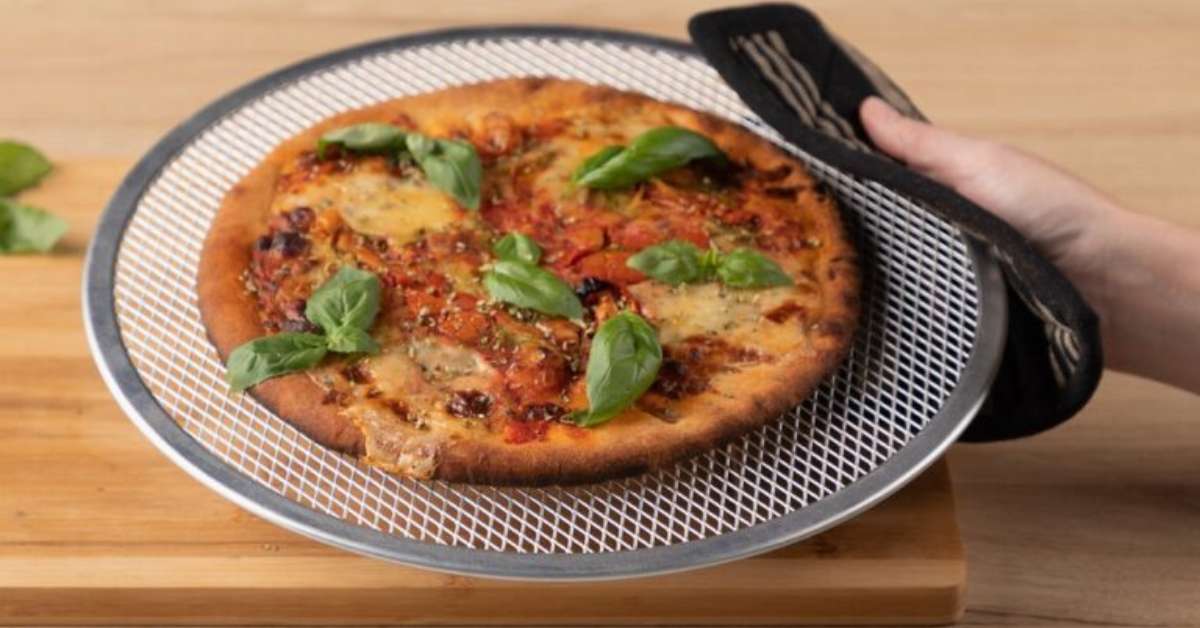Choosing the proper brisket involves considering the meat’s grade, size, marbling, and freshness. Brisket selection depends on factors like your cooking preference, budget, and desired outcome for your dish.
Additionally, the grade of the brisket and the marbling will determine the tenderness and flavor of the meat. The size of the brisket is also essential, as it will affect cooking times and portions. Finally, make sure to check for freshness by examining the color and smell of the meat.
Considering these factors, you can select the perfect brisket for your needs.
Table of Contents
ToggleUnderstanding Brisket Cuts
When choosing a brisket cut for your dish, understanding the different amounts is essential. Brisket can be found in two main cuts: the flat cut and the point cut. The flat cut, known as the first or lean cut, is thinner and has less fat marbling.
It is ideal for creating thin slices of tender meat. On the other hand, the point cut, also called the deckle cut or the fatty cut, has more fat marbling, making it juicier and more flavorful. It is excellent for dishes requiring more prolonged cooking, such as barbecue or slow-cooked stews.
Consider the desired outcome of your dish and the cooking method you will use when selecting your brisket cut. You can ensure a delicious and satisfying meal by choosing the proper amount.
Factors To Consider When Selecting Brisket
Selecting the proper brisket involves considering several factors. Balancing the fat content is crucial to ensuring quality. Marbling plays a significant role in enhancing the flavor and tenderness of the meat. Understanding the different grades of brisket, such as Select, Choice, Prime, and Wagyu, assists in making an informed decision.
Each grade offers varying levels of quality and taste. You can determine the best brisket for your needs by examining the marbling and fat content. These factors will help you select a tender, flavorful brisket that meets your preferences.
Evaluating Brisket Appearance And Texture
The appearance and texture of brisket play a crucial role in its evaluation. The color of the brisket is a significant factor to consider when selecting the perfect cut. A deep, rich reddish-brown hue indicates freshness and quality. Additionally, assessing the firmness of the brisket is essential.
Pressing the meat with your fingertips should yield a slight bounce, indicating a well-aged piece. Moreover, examining the texture of the brisket is another crucial aspect. Look for uniform marbling throughout the meat, which ensures tenderness and juiciness when cooked.
A grainy or stringy texture may indicate a lower-quality cut. Careful evaluation of all these factors will help you choose a brisket that guarantees a mouthwatering and satisfying meal.
Tips For Selecting The Best Brisket
Selecting the best brisket can be daunting, but with these tips, it becomes easier. Engaging with butchers is a great way to gain inside knowledge about the quality and sourcing of the meat. Understanding different aging methods is crucial as it can significantly impact the tenderness and flavor of the brisket.
Be bold and ask essential questions when purchasing brisket, such as the animal’s age and the meat’s cut. Remember, the more information you gather, the better equipped you’ll be to make an informed decision.
So, next time you’re in the market for brisket, use these tips to ensure you select the best.
How To Identify Fresh Brisket
When selecting fresh brisket, it is essential to consider its physical characteristics. Look for meat that is firm to the touch and bright red. Avoid any brisket that appears discolored or has an off-putting odor. The aroma of high-quality brisket should be rich and enticing, without unpleasant smells.
Pay attention to the marbling; well-marbled meat tends to be more tender and flavorful. Additionally, ensure that the brisket is appropriately packaged and stored in a refrigerated section of the store. This will help minimize the risk of spoilage and maintain the quality of the meat.
Following these guidelines, you can confidently select fresh brisket to produce a delicious and satisfying meal.
Exploring The Flavor Profile Of Brisket Cuts
Exploring the flavor profile of brisket cuts reveals rich, fatty cuts’ unique taste and benefits. These cuts offer a succulent, melt-in-your-mouth experience due to their well-marbled texture. The richness of the fat enhances the flavor, creating a savory and indulgent taste.
On the other hand, leaner cuts strike a balance between flavor and texture, offering a slightly lighter experience. Although they may not be as tender as their fatty counterparts, they still deliver a delicious taste. When comparing flavor intensity among different cuts, it’s fascinating to discover the subtle variations in taste.
Different cuts have distinctive qualities, each offering a delightful experience for brisket enthusiasts. From intensely flavored cuts to milder, more nuanced options, there is a brisket cut to suit every palate and preference. So, explore the world of brisket and savor its diverse flavors.
Popular Brisket Cuts For Various Dishes
When choosing brisket cuts for various dishes, several options are worth considering. For slow cooking, ideal amounts include the point cut and the flat cut, both of which offer tender and juicy results. If you’re planning to grill or BBQ, the brisket, deckle, or point cut is popular due to its rich marbling and flavor.
For those looking for more creative culinary applications, unique brisket cuts like the whole packer or the burnt ends can add a delicious twist to your recipes. These cuts provide different textures and flavors that can elevate your dishes to new levels of creativity.
So whether you’re a fan of slow cooking, grilling, or experimenting with unique flavors, there’s a brisket cut that will suit your needs perfectly.
Additional Considerations For Brisket Selection
When selecting brisket, it’s essential to understand the USDA grading system and its influence on quality. Budget-friendly options are available, and regional powers can also impact your choice. Take these additional considerations into account for a satisfying brisket selection.
Expert Tips For Cooking Brisket
Expert tips for cooking brisket include preparing different cuts, seasoning and rub recommendations, and cooking methods. To ensure a flavorful brisket, it’s essential to choose the proper amount and trim any excess fat. Mixing salt, pepper, garlic, and paprika can add depth to the flavor profile.
Rub the seasoning generously onto the meat and let it sit for at least 30 minutes before cooking. When it comes to cooking methods, low and slow is the way to go. Whether you prefer grilling, smoking, or oven-roasting, maintaining a consistent temperature is crucial for tender, juicy results.
Aim for a 225 to 250 degrees Fahrenheit temperature range and allow enough time for the brisket to cook through. By following these expert tips, you’ll be on your way to mastering the art of cooking brisket.
Frequently Asked Questions Of Brisket Selection Guide
How Do I Pick The Right Brisket?
To pick the proper brisket, follow these guidelines:
Look for marbling and fat content to ensure tenderness and flavor.
Choose a brisket size based on your cooking method and number of servings.
Consider the grade of the brisket, such as USDA Prime, Choice, or Select.
Check for freshness by inspecting the brisket’s color, smell, and packaging.
What Is The Best Cut Of Brisket To Buy?
The best cut of brisket to buy is the flat cut, known for its tenderness and consistent thickness.
Conclusion
To wrap up, selecting the perfect brisket can make a difference in your culinary journey. By understanding the different cuts available, considering the marbling and fat content, and examining the overall quality of the meat, you can ensure a remarkable dining experience.
Whether you prefer a leaner, more tender cut or a fattier piece that melts in your mouth, it all comes down to personal preference and the type of dish you plan to prepare. So, the next time you find yourself standing in front of the meat section at your local grocery store or butcher shop, take a moment to apply the knowledge you’ve gained from this brisket selection guide.
Your taste buds will thank you for it. Embrace the art of selecting the perfect brisket and elevate your cooking to new heights. Happy cooking!

